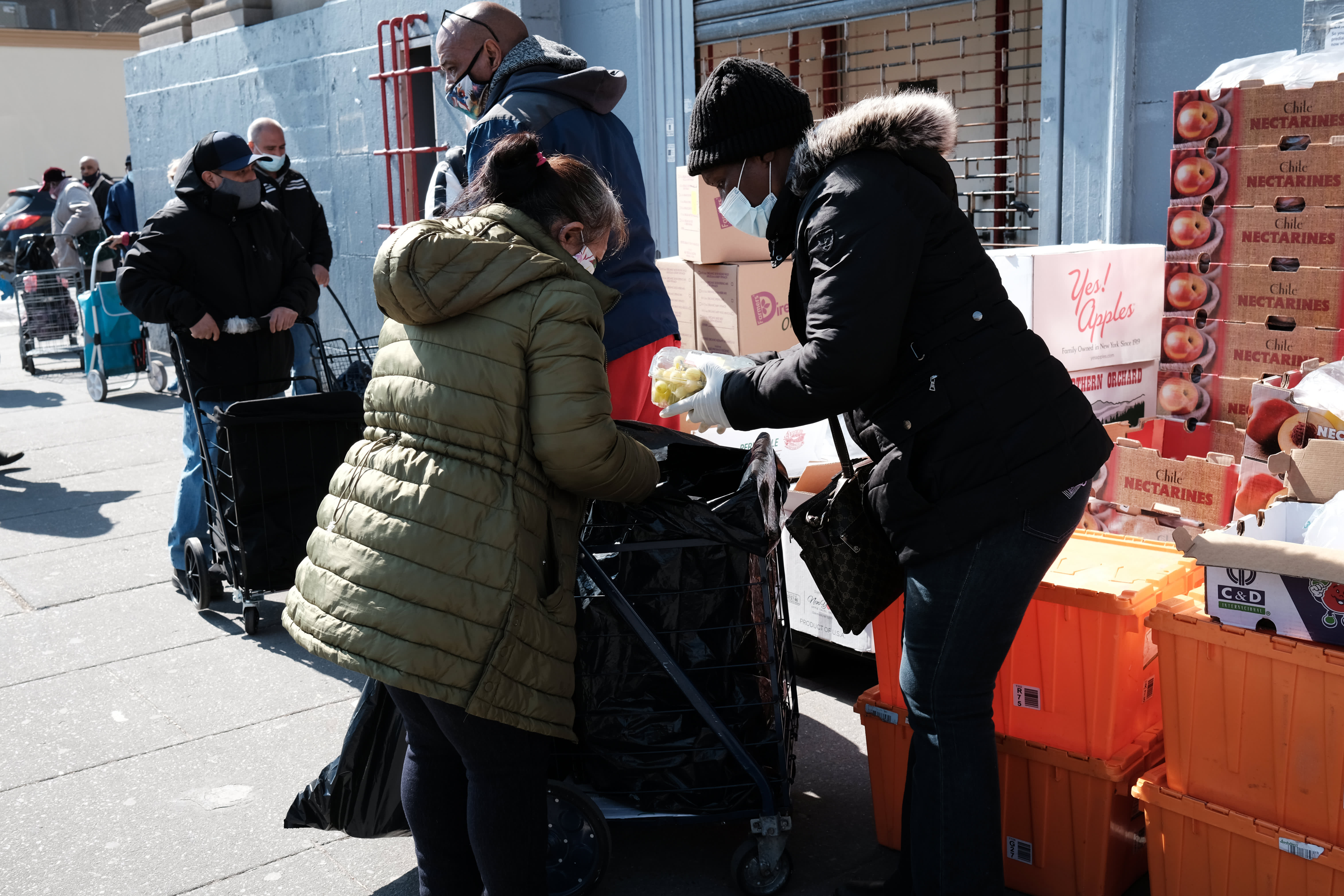Poverty declined in 2020 by one measure following large amounts of federal aid enacted due to the coronavirus pandemic, including stimulus checks and enhanced unemployment benefits.
The so-called supplemental poverty rate, which adds in government assistance to low-income individuals, declined to 9.1% in 2020 from 11.8% in the previous year, according to a Tuesday report from the U.S. Census Bureau.
It’s the lowest since this particular statistic was first published in 2009. The poverty threshold for a family of four in 2020 was income below $26,496.
To be sure, the official poverty rate, which does not include any government aid, increased slightly to 11.4% in 2020 from a record low of 10.5% in 2019, according to the Census Bureau.
Still, the fall in the supplemental rate means that government aid put in place during the coronavirus pandemic and ensuing economic recession – the worst since the Great Depression – lifted millions of Americans out of poverty last year.
More from Invest in You:
The ultimate retirement planning guide for 2021
How to save for retirement if you don’t have a 401(k) at work
Americans are behind on saving for retirement. How to get on track
What programs lifted Americans out of poverty
A few key programs had the greatest impact on the supplemental poverty rate last year, the Census Bureau found.
The first two economic impact payments, which included $1,200 stimulus checks to millions of Americans last year, brought 11.7 million people out of poverty, the Census estimated.
Expanded unemployment benefits, including programs which recently expired, kept 5.5 million from falling into financial hardship.
Refundable tax credits kept 5.3 million out of poverty, and the Supplemental Nutrition Assistance Program, known as SNAP, and free school lunch also positively impacted millions of people living at or below the poverty line last year.
There may be more aid on the way to help low and middle income Americans. Congressional Democrats are working to write the details of the $3.5 trillion package that would be the most significant investments in a generation in expanding the social safety net if passed.
SIGN UP: Money 101 is an 8-week learning course to financial freedom, delivered weekly to your inbox.
CHECK OUT: How to make money with creative side hustles, from people who earn thousands on sites like Etsy and Twitch via Grow with Acorns+CNBC.
Disclosure: NBCUniversal and Comcast Ventures are investors in Acorns.
